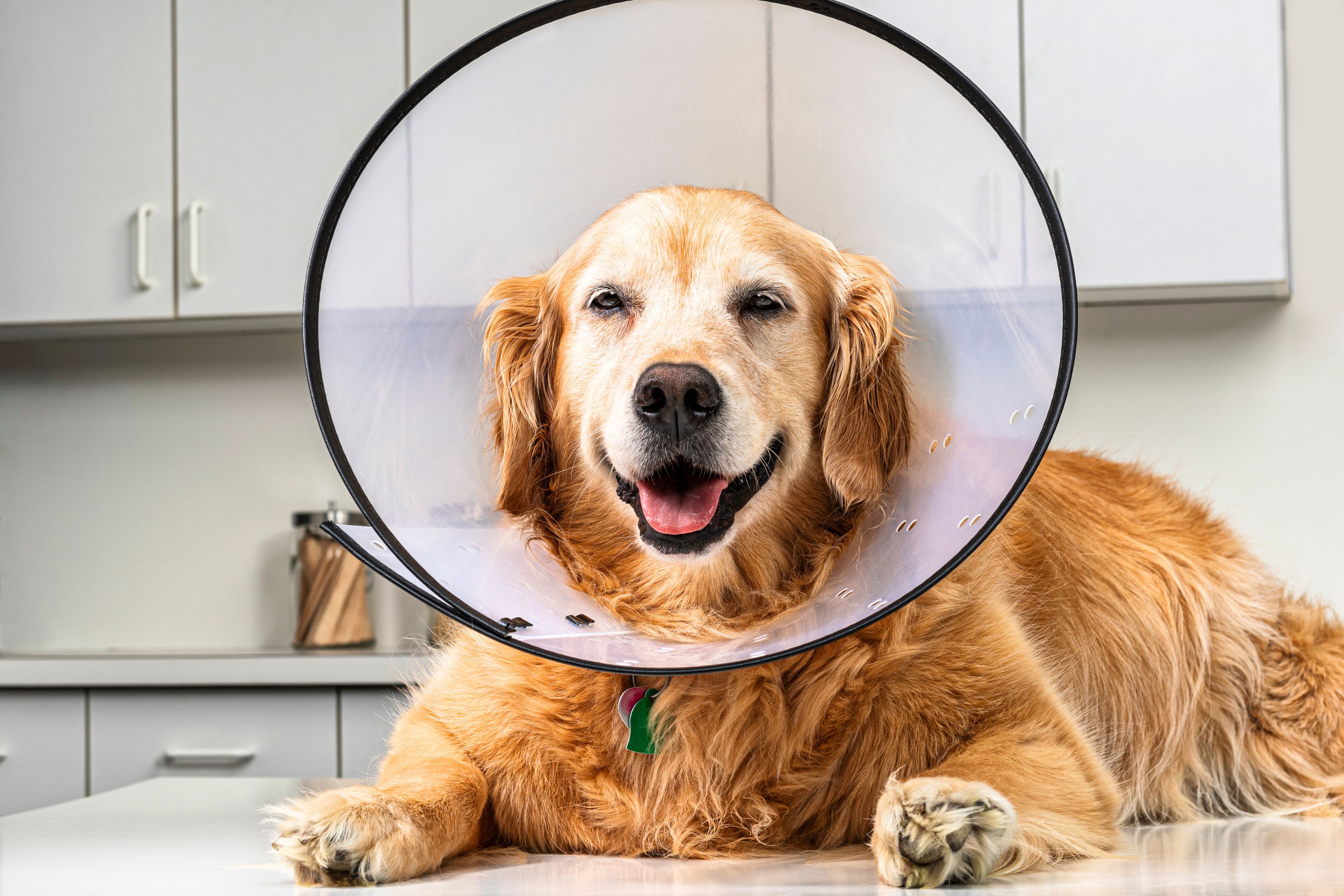Post-Surgery Rehabilitation For Dogs
In-home rehabilitation to support healing, tissue repair, joint stability, and functional recovery following orthopaedic or neurological surgery
Why Rehabilitation Matters After Surgery
Surgical intervention is often just the first step in recovery. Without structured rehabilitation, many dogs experience muscle atrophy, joint stiffness, prolonged pain, and reduced function. Post-operative therapy plays a critical role in supporting tissue healing, restoring neuromuscular control, and helping your dog safely return to everyday activities.
At Paws4Paws, we specialise in in-home canine rehabilitation that begins as soon as your vet clears your dog for therapy. Our goal is to support a full, functional recovery—minimising complications, maximising comfort, and guiding your dog back to optimal mobility.
Post-Operative Rehab for Common Surgical Procedures
We provide targeted rehabilitation following a wide range of orthopaedic, neurological, and soft tissue surgeries. Each rehabilitation plan is tailored to the specific procedure, healing phase, and individual needs of the dog—supporting tissue repair, reducing complications, and promoting a safe, functional return to daily activity.

Cruciate Ligament Surgery (TPLO, TTA, Extracapsular Repair)
Rehabilitation after TPLO, TTA, or extracapsular repair supports bone healing, reduces inflammation, and restores joint stability. Treatment includes manual therapy, laser therapy (PBMT), targeted therapeutic exercise, and gait retraining to rebuild hindlimb strength, improve weight-bearing, and minimise compensatory strain during recovery.

Hip Surgery (THR, FHO, TPO)
Rehabilitation following total hip replacement (THR), femoral head and neck excision (FHO), or triple pelvic osteotomy (TPO) supports bone and soft tissue healing, restores range of motion, and rebuilds hindlimb strength. Treatment includes manual therapy, laser therapy (PBMT), and targeted exercise to improve joint function and promote long-term mobility.

Limb Amputation
Rehabilitation after limb amputation focuses on improving balance, core strength, and compensatory movement patterns. Therapy includes manual techniques, laser therapy (PBMT), and targeted exercise to support soft tissue adaptation, reduce strain on remaining limbs, and promote functional mobility, confidence, and long-term musculoskeletal health in three-legged dogs.

IVDD Surgery
Post-operative rehabilitation after IVDD surgery supports spinal cord recovery, improves core and pelvic limb stability, and retrains safe, coordinated movement. Treatment includes manual therapy, laser therapy (PBMT), therapeutic exercise, proprioceptive training, and neuromuscular re-education to reduce compensatory strain and restore functional mobility.

Patella Surgery
Rehabilitation following patellar stabilisation focuses on restoring stifle alignment, rebuilding quadriceps strength, and improving gait symmetry. Treatment includes manual therapy, PBMT, and targeted therapeutic exercise to reduce pain, enhance joint control, and prevent compensatory strain during recovery from medial or lateral patellar luxation surgery.

Elbow Surgery
Targeted rehabilitation supports recovery following elbow procedures such as arthroscopy, fragment removal (FCP), or corrective osteotomies. Therapy focuses on restoring range of motion, rebuilding strength, improving weight distribution, and minimising compensation. Treatment includes manual techniques, therapeutic exercise, laser therapy (PBMT), and proprioceptive retraining.
Clinical Benefits of Early Post-Surgery Rehabilitation
Initiating rehabilitation during the appropriate phase of healing—based on surgical type, tissue involvement, and recovery stage—plays a crucial role in optimising outcomes. Early intervention allows us to address deficits proactively, support tissue repair, and reduce the risk of secondary complications that may delay or impair your dog’s return to functional mobility.
Early rehabilitation helps to:
-
Prevent secondary complications such as disuse atrophy, joint stiffness, neuromuscular inhibition, and compensatory strain on other limbs or the spine
-
Support tissue healing and guide appropriate collagen remodelling to protect surgical outcomes
-
Avoid contractures and preserve joint range of motion critical for pain-free movement
-
Improve neuromuscular control through targeted retraining of gait, posture, and weight distribution
-
Enhance circulation and lymphatic flow to reduce swelling, promote oxygenation, and support tissue regeneration
-
Restore functional movement patterns such as sitting, standing, walking, stair use, and transitioning between positions
-
Promote psychological well-being by encouraging safe, purposeful activity in a familiar environment
-
Reduce dependency on medications by addressing pain and dysfunction through physical therapy
-
Facilitate safe return to activity including daily routines, play, or sport (when appropriate)
By addressing the mechanical, neurological, and behavioural aspects of post-operative recovery, rehabilitation ensures your dog regains mobility safely, confidently, and with the best chance of long-term success.


